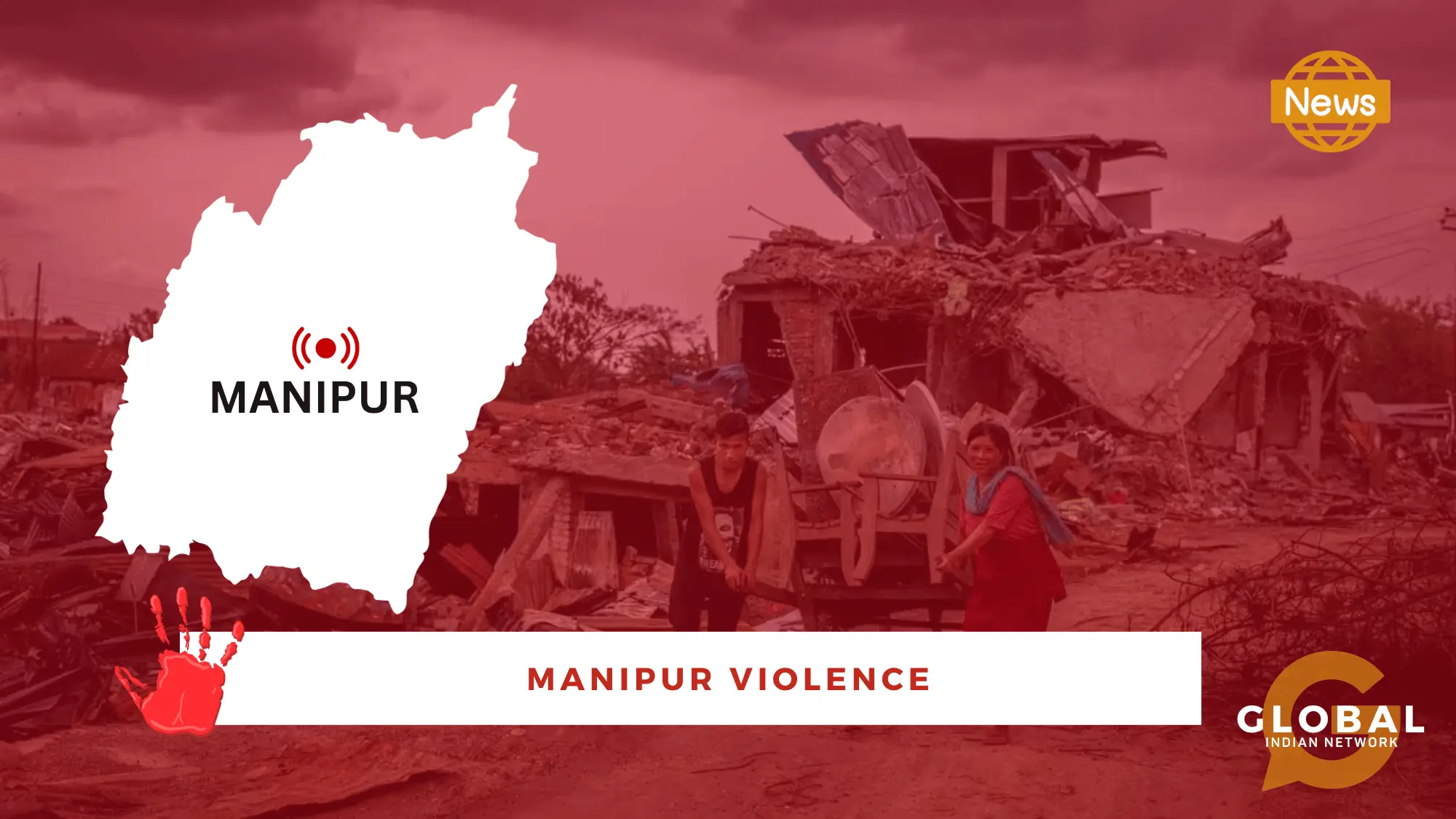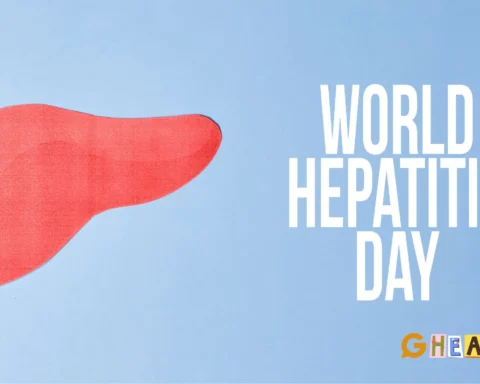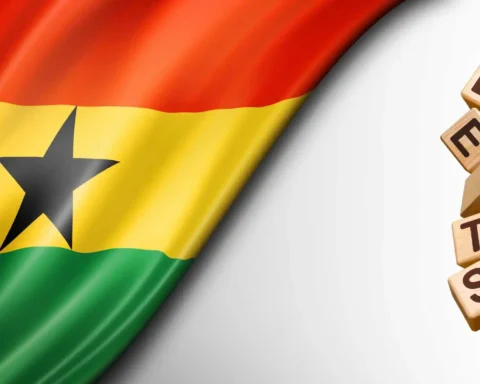On the 3rd of May in the year 2023, a surge of ethnic conflict ignited within the northeastern region of India known as Manipur. This unrest pitted the Meitei community, predominantly dwelling in the Imphal Valley, against the Kuki tribal populace residing in the nearby hills. As of the 29th of July, 181 people have been killed in the violence, with more than 300 wounded and approximately 54,488 displaced. As of the 1st of September 2023, the violence had continued for nearly four months since it began, and the state has become deeply segregated as all Kuki inhabitants of the valley, including government officials, have been displaced to Kuki-dominated hill districts.
The roots of this violence are complex and multifaceted, stemming from historical, political, and socio-economic factors. In this article, we will explore the reasons behind the Manipur violence, the current situation on the ground, and the various reactions and responses to this ongoing crisis.
Table of Contents
Historical Context
The historical context of the Manipur violence is essential to understanding the deep-rooted issues that have contributed to the ongoing conflict in the region. Manipur's complex ethnic diversity, historical administration, and post-independence developments have all significantly shaped the dynamics of this crisis.
Manipur's Ethnic Diversity
Manipur is a northeast state of India, bordering Myanmar to its east and south. It consists of the Imphal Valley, associated with the Manipur kingdom, and the surrounding hills populated by hill tribes. The Imphal Valley constitutes about 10% of the state's geographical area, with 57% of the population predominantly Meitei, who are majority Hindus, with minorities of Muslims and native Sanamahism followers. The surrounding hills constitute 90% of the state's geographical area, with 43% of the population belonging to 34 tribal groups broadly categorized as Nagas and Kukis. The Nagas dominate the northern districts, while the Kukis dominate the south. The tribal people have the Scheduled Tribe (ST) status, whereas the Meitei have been accorded Other Backward Class (OBC) status, with some classified as Scheduled Castes (SC) in certain areas.
British Administration and Post-Independence Period
Scholars note the hill regions as part of Zomia inhabited by "non-state" peoples. They came to be administered only after the Kuki rebellion of 1917–19 by British administrators without the involvement of the Meitei state. After Indian independence, the hill tribes continued to enjoy a protected status. Even though the Manipur Land Revenue and Land Reforms Act of 1960 prohibits the transfer of tribal land to non-tribals except by special permission. The valley dwellers perceive the seventh amendment (2015) as an attempt to grab their land.
The valley-based Meitei dominated the political establishment. Of the 60 Assembly constituencies, the valley holds 40, and 20 are in the hill districts. The tribal population is not prohibited from settling in the valley region. Tribal groups have complained that government spending is unduly concentrated in the Meitei-dominated Imphal Valley.
Triggering Factors
The triggering factors behind the Manipur violence are pivotal in unravelling the specific events that led to the outbreak of ethnic conflict in the region. These factors, including the demand for Scheduled Tribe status, land disputes, and political dynamics, served as catalysts that ignited tensions and eventually escalated into the violent clashes witnessed in Manipur.
Demand for Scheduled Tribe (ST) Status
The Scheduled Tribe Demand Committee of Manipur (STDCM) began demanding the ST status for the Meitei people in 2012. The STDCM claims the status will restore the harmonious relationship between the valley and the hill peoples before Manipur's merger with India in 1949. On the other hand, the hill people view this demand as an attempt to reduce the effectiveness of the Naga and Kuki demands, and enable the Meitei to make inroads into the hill regions.
Political Background
Okram Ibobi Singh of the Indian National Congress (INC) has been in power for three terms from 2002. The Bharatiya Janata Party (BJP) came to power in 2017 for the first time under the leadership of N. Biren Singh, who managed to outmanoeuvre the INC, the single largest party, and formed a minority government. In the 2022 Manipur Legislative Assembly election, Biren Singh led the BJP to a clear majority, increasing the seat tally from 21 (2017) to 32 (2022) in an Assembly of 60 and continued as the Chief Minister.
The rise of BJP power in Manipur has empowered the Rashtriya Swayamsevak Sangh (RSS) to incite the Vaishnavite Meitei to assert Hindutva politics against religious minorities. It includes giving rise to Meitei-based organizations and increased vigilantism, cultural policing, and anti-minority rhetoric.
Land Disputes and Encroachments
In the year 2023, the Manipur state administration initiated the removal of individuals considered unauthorized immigrants from Myanmar residing within state-controlled forest areas. Tribal groups alleged that illegal immigration is a pretext under which the Meitei population wants to drive away the tribal people from their lands. The BJP state government began an eviction drive in Churachandpur, Kangpokpi, and Tengnoupal districts, declaring the forest dwellers as encroachers, a move seen as anti-tribal.
Escalation of Violence
The escalation of violence in Manipur has had profound and devastating consequences, perpetuating a cycle of conflict that continues to grip the region. This subtopic delves into the intensification of hostilities, the increasing casualties on both sides and the evolving dynamics that have perpetuated the crisis.
Timeline of Events
The Manipur violence can be traced back to the 14th of April, 2023, when the Manipur High Court ordered the state government to send a recommendation to the central government for granting Scheduled Tribe (ST) status to the Meitei community. To protest the Meitei demands for ST status, the All Tribal Students' Union Manipur called for a peaceful protest on the 3rd of May. After one of these rallies, clashes broke out between Kuki and Meitei groups near the border between the Churachandpur and Bishnupur districts, followed by house burning.
The violence escalated from there, with reports of attacks, arson, and displacement of communities. The government responded by imposing curfews, deploying security forces, and relocating thousands of people to safer locations. Fresh violence cases continued to erupt, leading to casualties on both sides.
Government Response and Security Measures
A curfew was imposed across eight districts, including non-tribal-dominated areas, and the Manipur government issued a shoot-at-sight order. Thousands of army, paramilitary, and Central Armed Police Forces were deployed in Manipur, and the central government airlifted additional forces to the region. The government's response included various security measures aimed at controlling the situation.
Recurrent Violence and Casualties
Despite the efforts made by the government, the violence continued to flare up, leading to more casualties and displacement. Reports of churches being destroyed and other acts of violence against both Kuki and Meitei communities added to the tensions. The situation remained volatile, with recurring incidents of violence.
Reactions and Impact
Reactions and Impact assess the responses from various quarters within Manipur and at the national and international levels to the ongoing violence. Additionally, it explores the far-reaching consequences of the conflict on the affected communities, governance, and the broader socio-political landscape.
Political Responses
The Manipur violence has garnered reactions from various political leaders and parties. While some have called for immediate government intervention to restore peace and harmony, others have taken a more cautious approach, emphasizing the need for dialogue and a comprehensive solution to address the root causes of the conflict.
Civil Society and Human Rights Concerns
Civil society organizations, human rights activists, and concerned citizens have expressed their deep concerns over the violence and its impact on the affected communities. Calls for protection of human rights, humanitarian aid, and relief efforts have been made to support those displaced and affected by the conflict.
Media Coverage and Controversies
Media coverage of the Manipur violence has been a subject of debate. Some media outlets have been accused of bias, inadequate reporting, or sensationalism. The circulation of a viral video depicting a mob's brutal treatment of two women brought more attention to the crisis, sparking outrage and further calls for intervention.
Conclusion
The ongoing violence in Manipur underscores the complex and deeply rooted issues plaguing the region. The demand for Scheduled Tribe (ST) status for the Meitei community, political dynamics, land disputes, and historical grievances have all contributed to the escalation of violence. The current situation remains dire, with recurring incidents of violence and significant casualties on both sides.
Efforts to address the root causes of the conflict and promote reconciliation are essential. It includes meaningful dialogue between different communities, government intervention to ensure the safety and well-being of all residents, and a comprehensive approach to addressing the historical and political issues that have fueled this crisis.
The Manipur violence is a stark reminder of the challenges faced by diverse regions within India and the urgent need for comprehensive solutions to foster unity, harmony, and peace. It is a situation that requires the collective efforts of government, civil society, and the international community to bring about a resolution that can ensure the safety and prosperity of all neighbourhoods in Manipur.
FAQs
What is the main reason of Manipur violence?
The main reason for Manipur violence is a complex interplay of factors, including demands for Scheduled Tribe status, land disputes, and political tensions among various ethnic groups.
What is happening in Manipur 2023?
In 2023, Manipur witnessed prolonged ethnic violence, resulting in casualties, displacement, and destruction of property, with tensions showing little signs of abating.
What is the conclusion of Manipur violence?
The conclusion of the Manipur violence remains uncertain as efforts for peace and investigations continue.
Is it safe to visit Manipur now?
Whether it's safe to visit Manipur now depends on the evolving security situation, and travellers should closely monitor advisories from authorities before planning a trip to the region.











